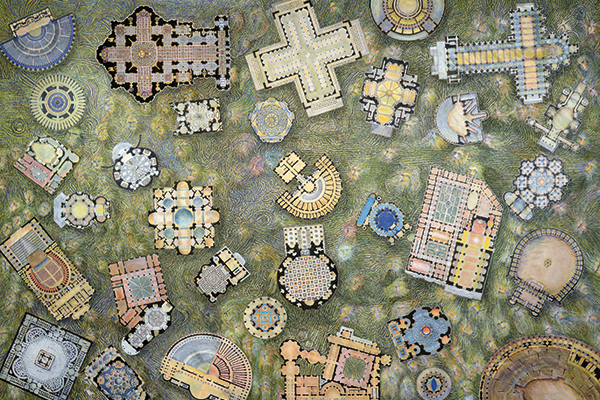Esperanto, graphic archetypes, biophilia
DOI:
https://doi.org/10.15168/xy.v3i5.83Abstract
Today we have the idea that the iconic language is that of the computer age, based on a symbol of decipherable meaning with a global immediacy, part of a virtual world that has definitively ferried humanity on the banks of that long–awaited Esperanto wanted by Ludwik Lejzer Zamenhof, with very beneficial effects, but that in young people even of the same language makes the spoken word almost obsolete, being this a collateral unwanted effect. These iconic/informatic dowels in our computers, tablets, mobile phones, etc. are perceived today in a completely different way from the symbols used until the 70s and beyond. They are enzymes or amino–acids, agents that perform various functions for us. Each of them is a small robot, a good friend who keeps us company and that, when necessary, helps us to find information, a rented car, to make a reservation, a little fun, etc. What is interesting here on these powerful proactive dowels is on the one hand their historical/evolutionary connection symbol–meaning, which is why it is necessary to call Esperanto and the graphic archetypes in the field, on the other to understand if and how the real city as a whole can find an advantage from them, out from the short–sighted dimension of small–large–xlarge monitors. In this sense it is useful to make an ontological leap towards the biophilic hypothesis of Stephen Kellert, that could open possible scenarios of interaction between proactive symbols and territories not only urban/environmental tout court, but also psychological–behavioral–perceptive, which stimulate a fluid–dynamic use of the city and its spaces. Analyzing graphic archetypes − according to an XYZ vision − and using some of them under this key within biophilia, can be useful to humanize the city, transforming it psychologically, with the help of green, art and architecture, into a friendly organism, in whose tissues rendered alive and not irritating, the human fluid feels protected, wrapped and participant.


